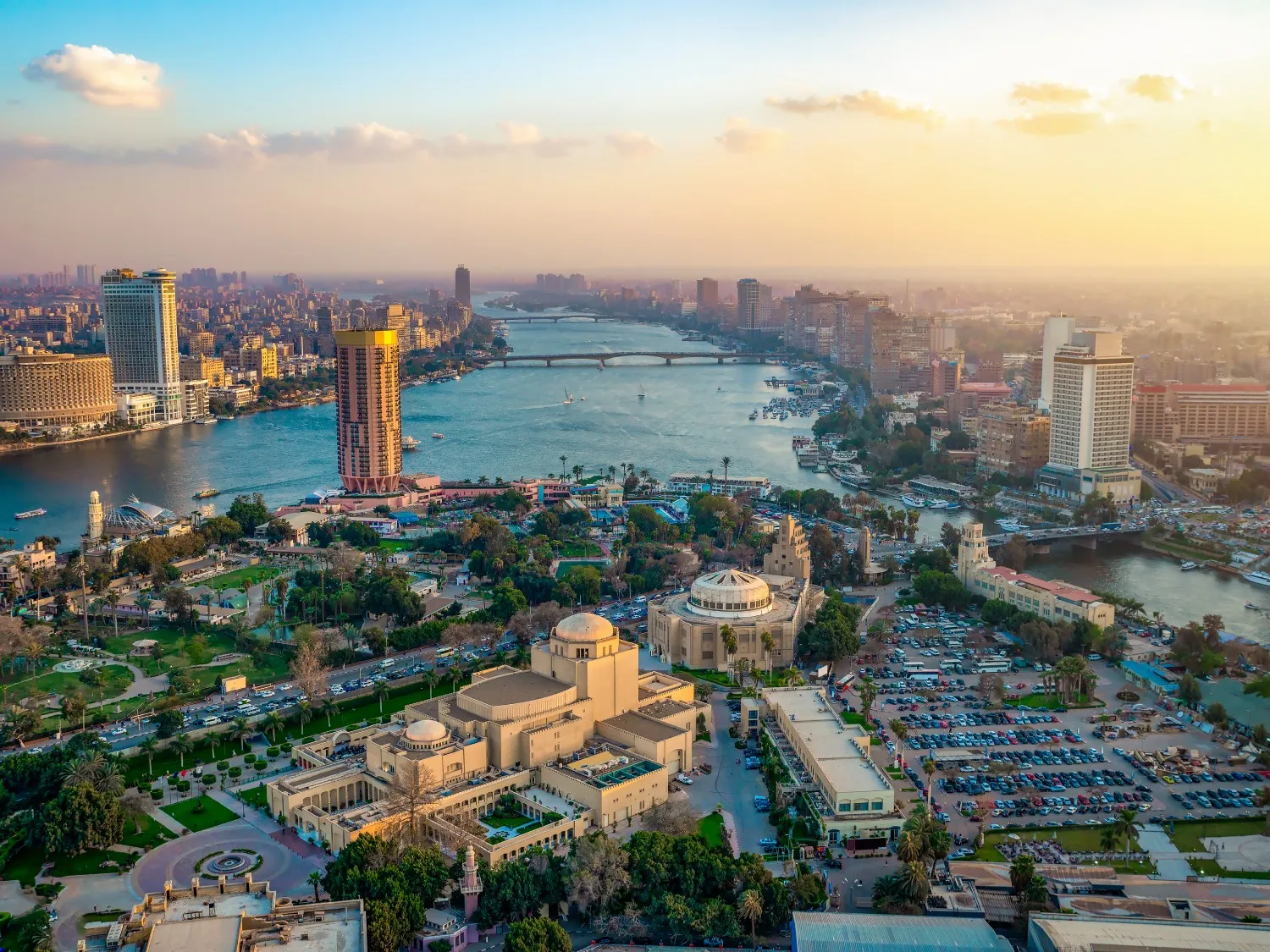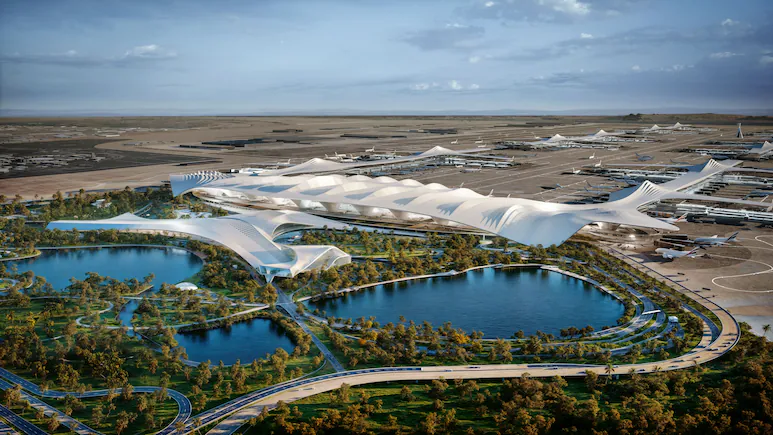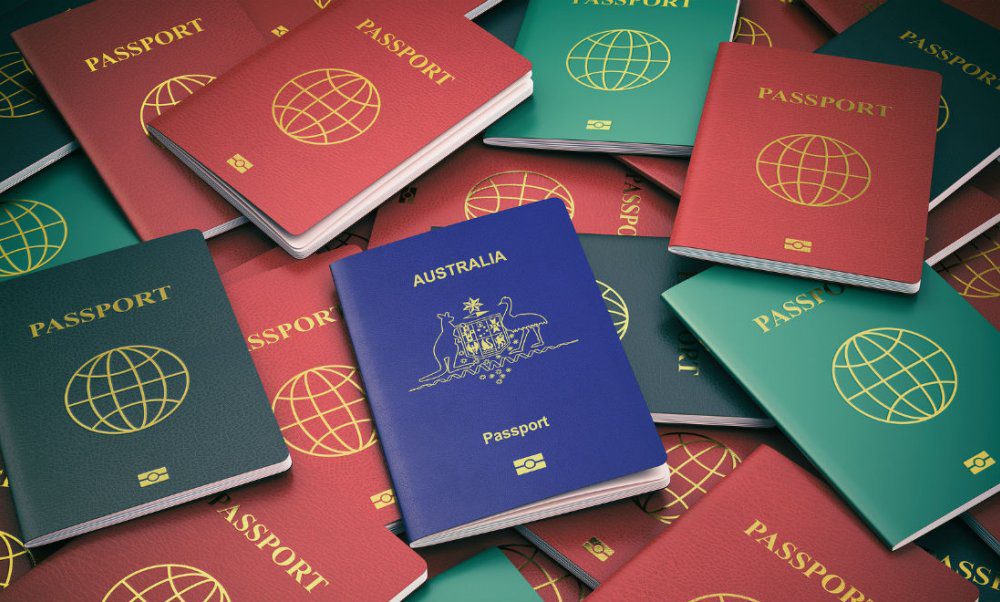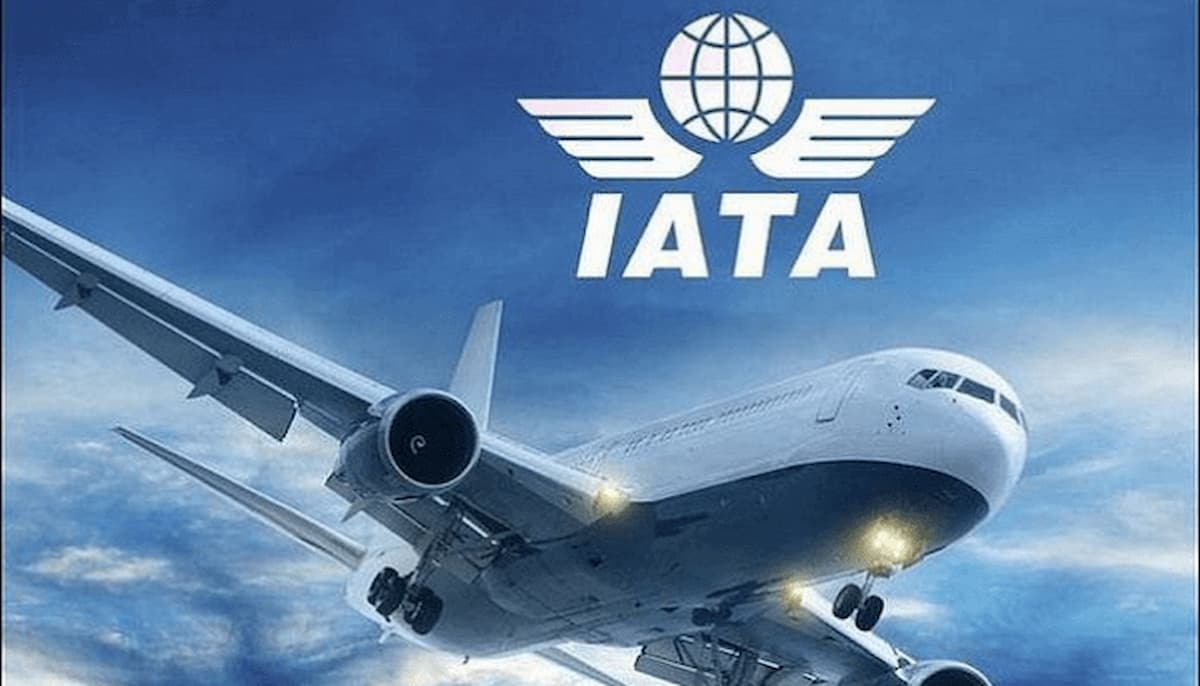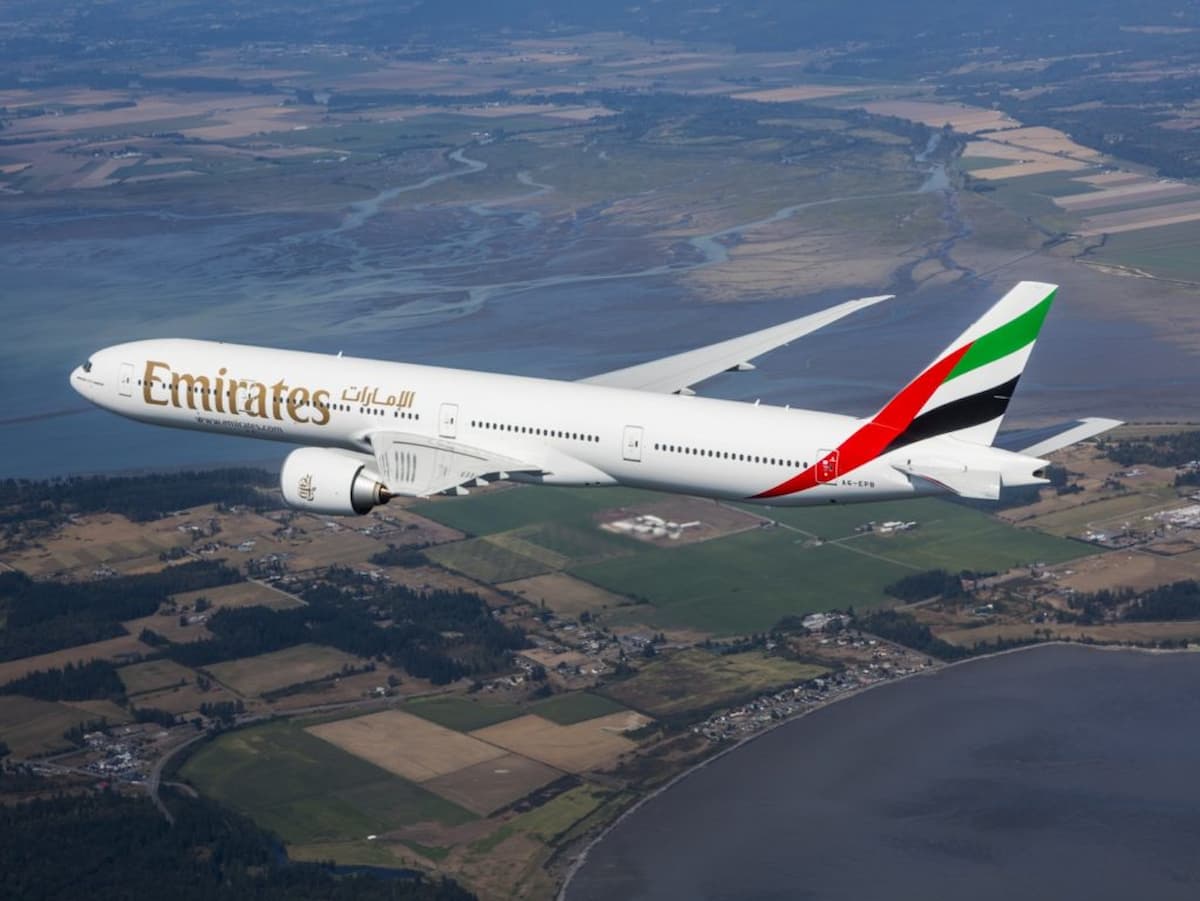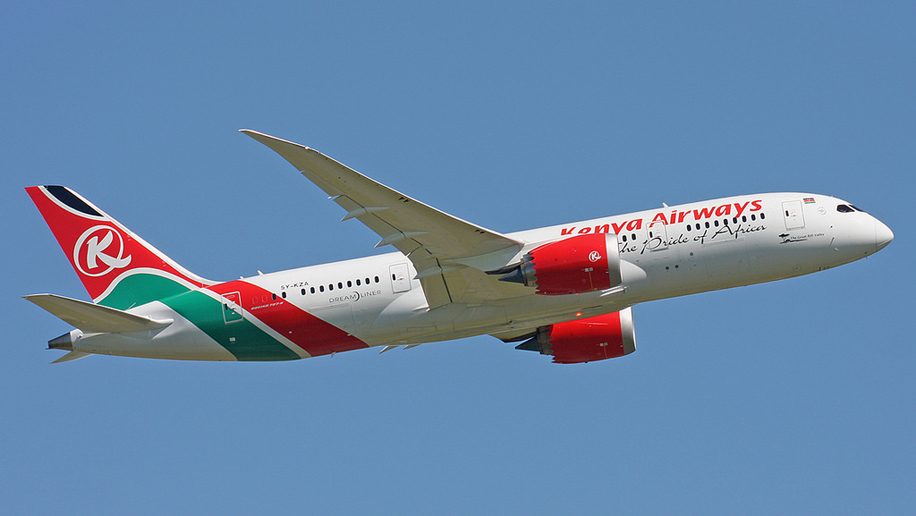Saudi Arabia is making significant strides towards its Vision 2030 objectives by introducing electric air taxis, a move set to revolutionize the country’s tourism and transportation sectors. In partnership with Archer Aviation, the kingdom aims to connect key tourist destinations, such as the Red Sea resorts, with urban hubs through sustainable, high-tech air travel. This initiative aligns with Saudi Arabia’s broader goals of modernizing its aviation infrastructure, enhancing tourist experiences, and reducing environmental impact, marking a bold step toward a future of advanced air mobility.
Saudi Arabia Partners with Archer Aviation for Electric Air Taxi Development as Part of Vision 2030 Plan
Saudi Arabia is stepping up its efforts to revolutionise air travel, with Archer Aviation joining forces with The Helicopter Company and Red Sea Global to develop and test air taxi services across the kingdom. This partnership marks a significant milestone in the Saudi government’s Vision 2030 strategy, which aims to modernise the country’s aviation, tourism, and infrastructure sectors. The collaboration focuses on introducing electric vertical take-off and landing (eVTOL) aircraft to improve connectivity, particularly between airports, city centres, and resort destinations.
Also Read: KATA Announces Finalists for the 2025 Kenya Travel Industry Business Awards (KeTIBA)
The initial phase of the project will see Archer’s eVTOL aircraft, named ‘Midnight’, flying between airports and high-profile tourist destinations along Saudi Arabia’s Red Sea coast. These services will aim to offer quicker, more sustainable travel options, supporting the kingdom’s ambition to position itself as a global leader in advanced air mobility (AAM). The partnership also emphasises the importance of integrating new technologies with the broader goals of the Saudi government to diversify transport systems and enhance the tourist experience.
A Visionary Project for Saudi Arabia’s Aviation and Tourism Sectors
The launch of air taxi services in Saudi Arabia is an ambitious initiative that aligns with the country’s Vision 2030 objectives to expand and modernise the tourism and aviation industries. This partnership between Archer, The Helicopter Company, and Red Sea Global will initially focus on connecting airports with the kingdom’s renowned resort destinations along the Red Sea. The air taxi services will be aimed at improving both local and international travel experiences by providing fast, efficient, and eco-friendly transportation options.
In order to ensure the smooth rollout of this transformative project, the General Authority of Civil Aviation (GACA) is working closely with the involved companies to establish a controlled testing environment for these new aircraft operations. The initial phase will involve the deployment of a small fleet of eVTOL aircraft, and following successful trials, it is anticipated that these services will be expanded to other regions across Saudi Arabia. Regulatory approvals and pilot training programmes are already underway, setting the stage for a seamless integration of eVTOL services into the kingdom’s aviation landscape.
Strategic Partnerships and Global Collaboration
In addition to Archer’s collaboration with Saudi entities, the kingdom has also entered into partnerships with other leading players in the air taxi sector. Joby Aviation, a US-based eVTOL developer, has signed an agreement with Red Sea Global and The Helicopter Company to launch a similar air taxi pilot programme. This deal includes the potential deployment of up to 200 aircraft, with a valuation of approximately $1 billion, aiming to create a nationwide air taxi network.
Saudi Arabia has also established a major partnership with China’s Ehang, which plans to introduce its own electric air taxis to the kingdom. The collaboration with Ehang is scheduled to begin in late 2025, further diversifying the country’s efforts to innovate and modernise its transport systems.
These partnerships represent a concerted effort by Saudi Arabia to build a sustainable, efficient, and advanced air mobility system that will not only cater to tourists but also enhance the nation’s overall transport infrastructure. The kingdom’s commitment to these initiatives is further supported by the government’s extensive investment in mega-projects such as Neom, Qiddiya, Amaala, and the Red Sea Project. All these developments are designed to drive growth in the tourism sector and boost the nation’s global competitiveness.
Regulatory Framework and Infrastructure Development
A key component of Saudi Arabia’s air taxi initiative is the development of a robust regulatory framework to support the operations of eVTOL aircraft. GACA released its Advanced Air Mobility Roadmap in 2024, which outlines the regulatory guidelines and standards necessary for integrating new technologies like eVTOLs into the national airspace. This roadmap will provide the foundation for safe, efficient, and sustainable air taxi operations across the country.
To further support these services, Saudi authorities are also working on the construction of vertiports—dedicated facilities designed to handle the takeoff, landing, and maintenance of eVTOL aircraft. These vertiports will be strategically located near major airports, tourist destinations, and urban hubs to ensure smooth and effective air taxi operations.
Focus on High-End Tourism and Future Expansion
While the initial deployments of air taxis will target high-end tourism destinations, such as luxury resorts along the Red Sea, Saudi Arabia’s long-term vision includes expanding the use of eVTOL aircraft for broader public transportation purposes. As part of this vision, the government plans to integrate eVTOL services with existing transport infrastructure, providing seamless connections between different modes of travel.
Saudi Arabia’s strategic focus on urban transport and tourism, combined with the introduction of air taxis, will not only enhance connectivity within the kingdom but also offer a unique and eco-friendly solution for tourists seeking more convenient ways to explore the country. These efforts are poised to position Saudi Arabia as a leader in the future of air mobility, with a strong emphasis on sustainable technologies and cutting-edge transportation solutions.
The Road to 2030 and Beyond
The partnerships with Archer Aviation, Joby Aviation, and Ehang are integral to Saudi Arabia’s ambition to be at the forefront of advanced air mobility. These initiatives are expected to play a pivotal role in the country’s tourism growth and its vision of becoming a global hub for innovation, technology, and sustainable development. By 2030, Saudi Arabia aims to have fully integrated air taxis into its transportation network, contributing to its broader goals of improving urban mobility, enhancing tourism, and reducing environmental impact.
With ongoing pilot testing, regulatory developments, and infrastructure planning, Saudi Arabia is taking significant steps towards transforming its aviation landscape and paving the way for a new era of air travel. As the kingdom continues to invest in these cutting-edge technologies, the future of air taxis in Saudi Arabia looks increasingly promising, with the potential to revolutionise the way people travel both within the country and internationally.
Source: Travelandtourworld.com
Also Read: KATA Announces Finalists for the 2025 Kenya Travel Industry Business Awards (KeTIBA)




